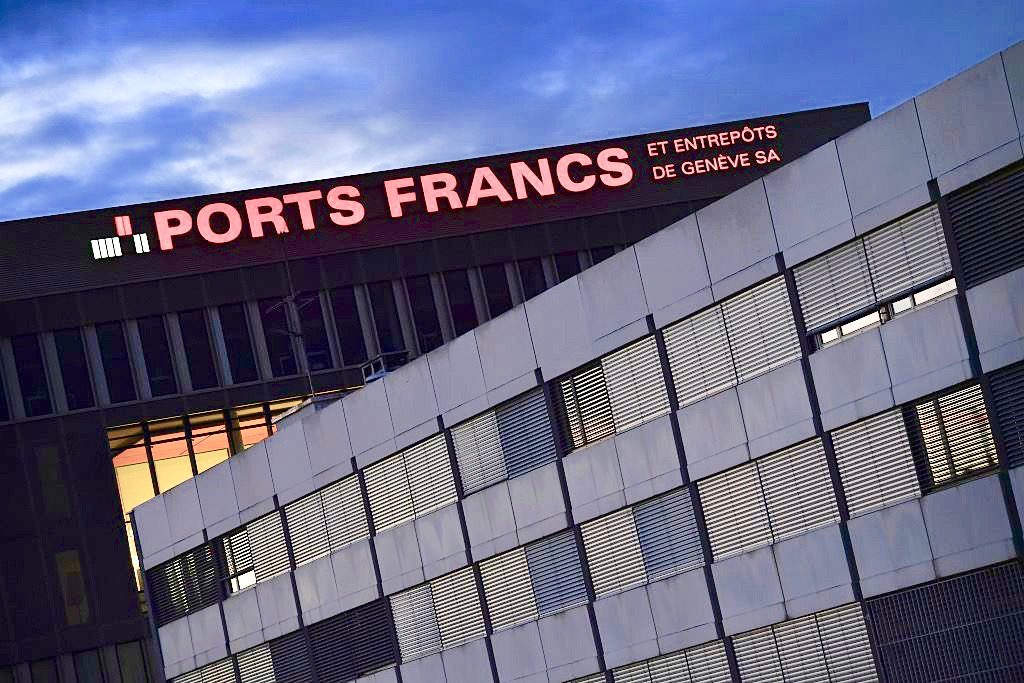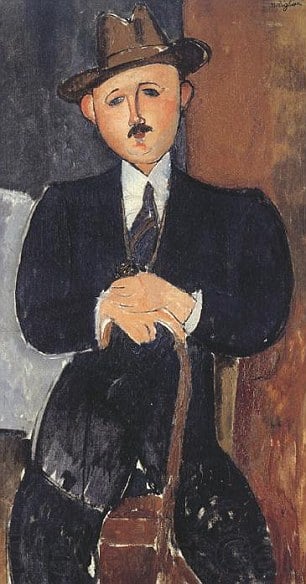Art World
Swiss Art Lawyers to Publish Best Practices Dossier on Art-Related Money Laundering
Can the 10 point document combat the problem?

Can the 10 point document combat the problem?

Henri Neuendorf

A group of Geneva-based art dealers, lawyers, and consultants are forming a Responsible Art Market Initiative in an effort to alleviate international concerns over the city’s freeports. It is intended to raise awareness of the illicit trafficking of art and antiquities, and the ways in which art facilitates money laundering and other financial crimes.
On Thursday, the group will publish a dossier of 10 guidelines for assessing buyers and sellers of artworks in an effort to establish art market best practices. The publication of the dossier coincides with a conference featuring a discussion between Geneva prosecutor Jean-Bernard Schmid and Ricardo Sansonetti, the head of financial crime at the Swiss State Secretariat for International Finance.
According to a 2014 report by the Swiss Federal Audit Office, Switzerland’s 10 free ports and 245 custom-free zones make the country particularly susceptible to attempts at fiscal optimization or circumvention of international laws governing the trafficking of artworks.
Despite the introduction of tighter regulations, including the independent evaluation of antiques destined for Swiss freeports, and the required identification of tenants, subtenants, and final beneficiaries, the odds remain stacked against regulators—especially as the freeports already house an estimated 1.2 million artworks and artifacts.
Bloomberg reported that it was the discovery of an allegedly Nazi-looted Modigliani painting at a Geneva freeport seven months ago, as well as illicit antiquities looted from Libya, Yemen, and Syria being stored in the city, that encouraged the group to act.

Amedeo Modigliani, Seated Man with a Cane (1918). The painting, currently embroiled in a Nazi restitution lawsuit, was being stored in a Geneva freeport by the Nahmad family.
But the participating lawyers and consultants are quick to emphasize that the dossier is aimed at raising awareness of issues affecting the art market on a broader, global scale, and is not designed only for the Swiss market. They hope that their guidelines could be used as a template to apply to the larger art centers of London and New York.
“The idea is to make sure people understand what the threat is, and it is a real threat facing the art market,” Mathilde Heaton, a Geneva-based art law consultant told Bloomberg. “We want to play our role in also combating a much wider problem.”
Geneva-based dealer Thomas Seydoux agreed. “It’s really important that we clarify the roles and the practices of each country and we standardize it, or at least we provide a label of quality good practice across the board,” he said.